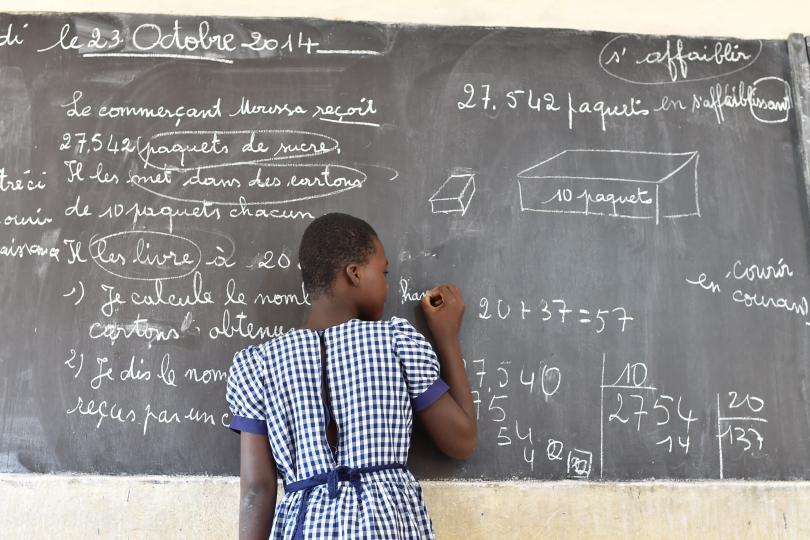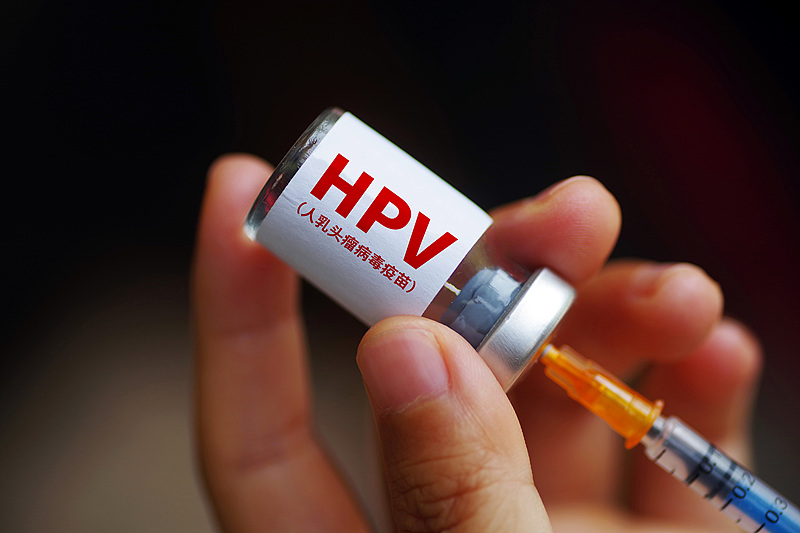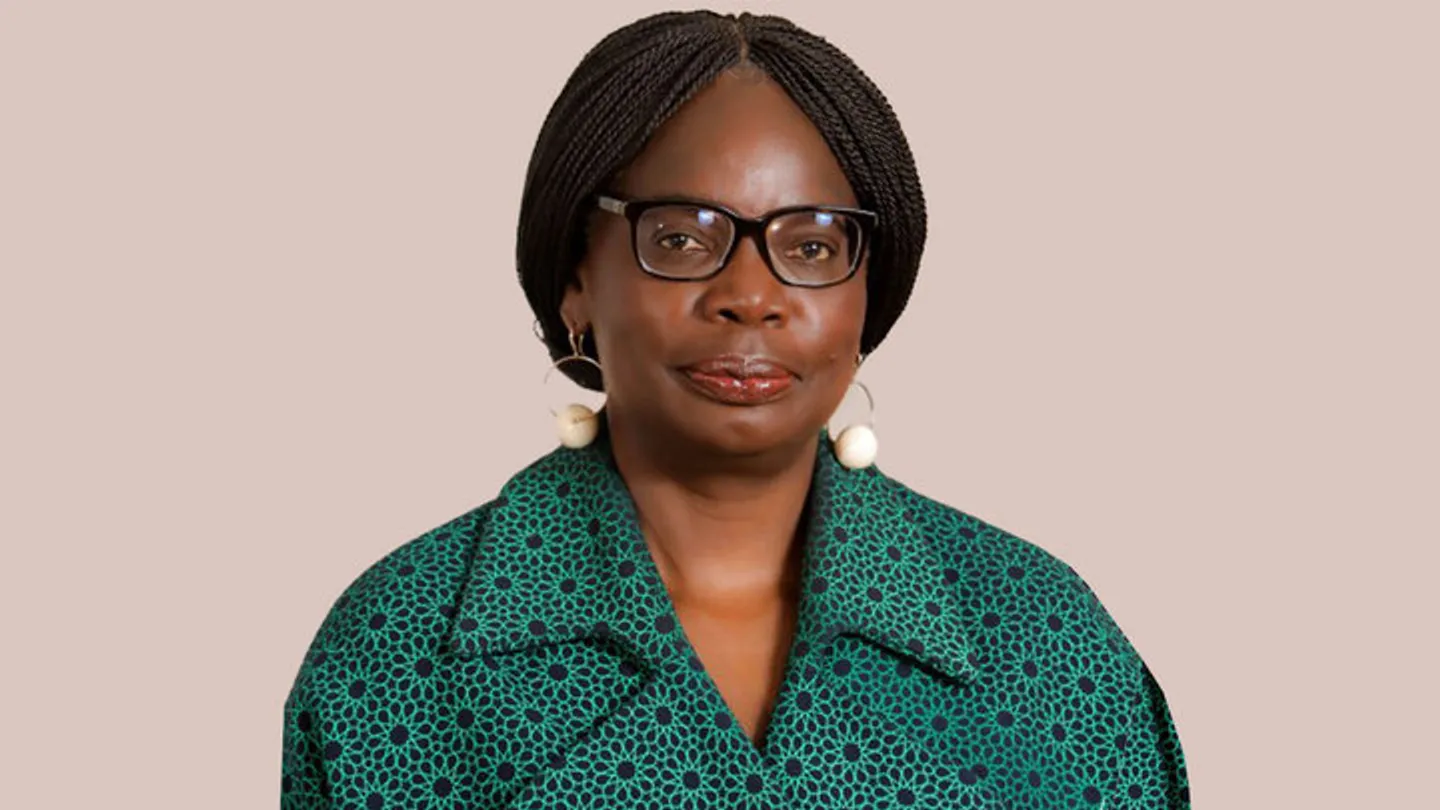
Africa dominates top rankings for ‘toughest places for girls to get an education’

A group of countries in sub-Saharan Africa have dominated a ranking of places “unfavourable” for a girl to get educated – according to a report from development campaign group, ONE.
The report, titled “Toughest Places for a Girl to get an Education”, was released on International Day of the Girl (October 11) and claims that nearly half a billion women worldwide still cannot read.
Out of a top 10 ranking that is largely made up of African countries, only fourth-place Afghanistan features outside of the continent.
South Sudan and the Central Africa Republic, both considered “conflict-plagued” countries, rank first and second – with Niger completing the top three. Chad, Mali, Guinea and Burkina Faso also feature, as well as Liberia and Ethiopia.
Taken from the report, the ranking of each country is accompanied with a reason:
- South Sudan: 73% of girls in South Sudan don’t go to school
- Central Africa Republic: Statistics indicate that the country has one teacher to every 80 students
- Niger: Only 17% of girls and women aged 15 – 24 are literate
- Afghanistan: As of 2014, Afghanistan had the highest level of gender disparity in primary education, 1000 boys:71 girls
- Chad: The country is ranked among top 5 worst-performers in the World Economic Forum’s 2016 Global Gender Gap Report
- Mali: Less than half (38%) of girls have completed primary school
- Guinea: Women aged 25 and above have on average attended school for less than a year
- Burkina Faso: Only 1% of Burkinabe girls complete secondary school
- Liberia: Nearly two-thirds of primary school-aged girls are out of school
- Ethiopia: Estimates indicate that 2 in every 5 girls marry before their 18th birthday and nearly 1 in 5 marries before age 15
To form the ranking, ONE chose 11 factors for each country that reflected their girls’ access to and completion of school, the quality of education on offer, and the broader enabling environment.
“The factors selected with available data are: rate of out-of-school girls of primary, lower secondary and upper secondary age; school completion rate for girls of primary, lower secondary and upper secondary age,” the report mentions.
Citing the remaining indicators as: “mean years of schooling for women aged 25 and over; female literacy rate for population aged 15–24; percentage of primary school teachers trained; pupil– teacher ratio in primary schools; and spending on education as a percentage of total government expenditure.”
The United Nations has, since 2012, marked October 11 as the International Day of the Girl. The day aims to highlight and address the needs and challenges girls face, while promoting girls’ empowerment and the fulfillment of their human rights.
According to the U.N., the world’s 1.1 billion girls are a source of power, energy, and creativity – and the millions of girls in emergencies are no exception.
The event marks the beginning of a year-long effort to spur global attention and action to the challenges and opportunities girls face before, during, and after crises.






